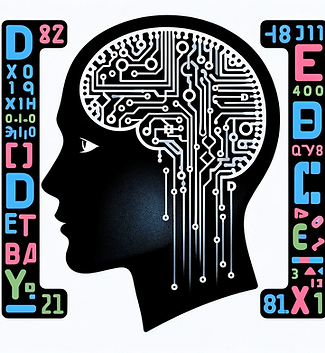
|
Dyslexia Detect - Empowering Early Detection of Dyslexia© 2022 illuminEd Inc © Rohan Jay |
What is Dyslexia?
Issues caused by Dyslexia
| Neurological Challenges in Dyslexia: | Processing Difficulties in Dyslexia: | Adaptive Responses and Diversity in Dyslexia: |
|---|---|---|
Dyslexia is characterized by unusual brain connectivity and reduced activation in key language areas, leading to significant challenges in phonological processing and reading.
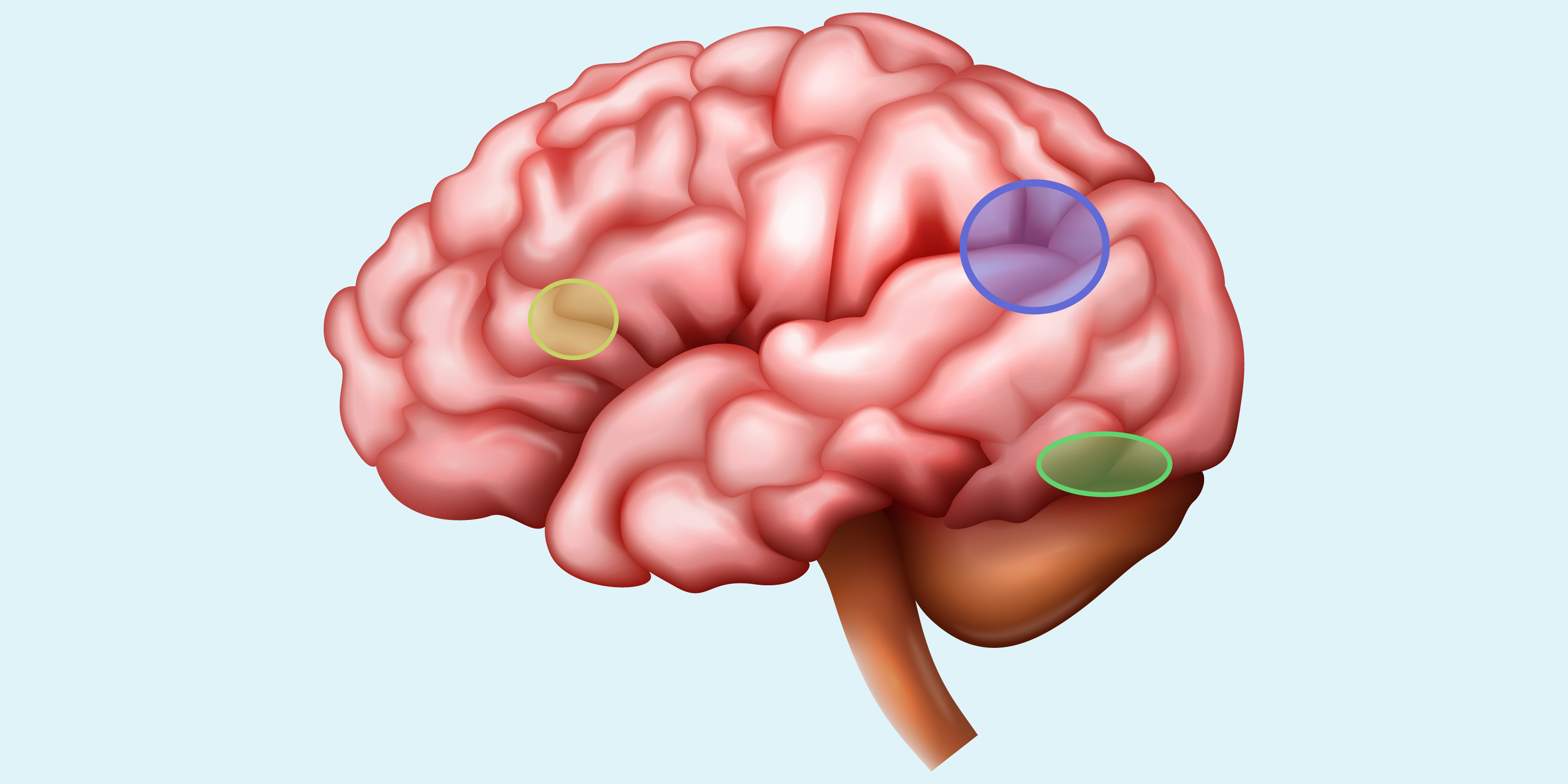
|
Dyslexia is defined by impairments in phonological processing, such as breaking down and blending sounds, and by atypical visual and auditory processing that hinders word recognition.
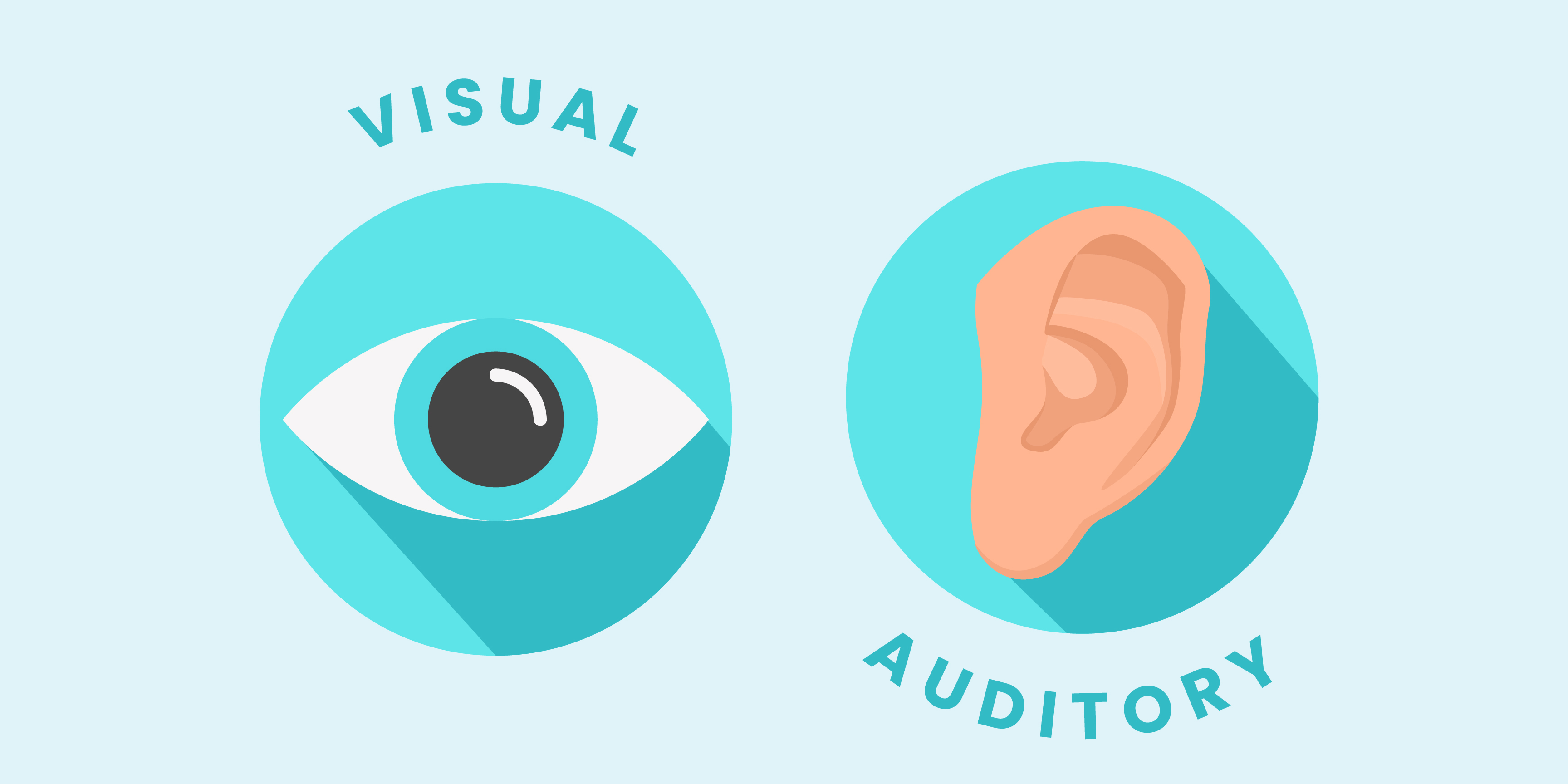
|
Dyslexic individuals engage alternative brain areas to compensate for reading challenges, which increases cognitive effort, underscoring the condition's variability and complexity.
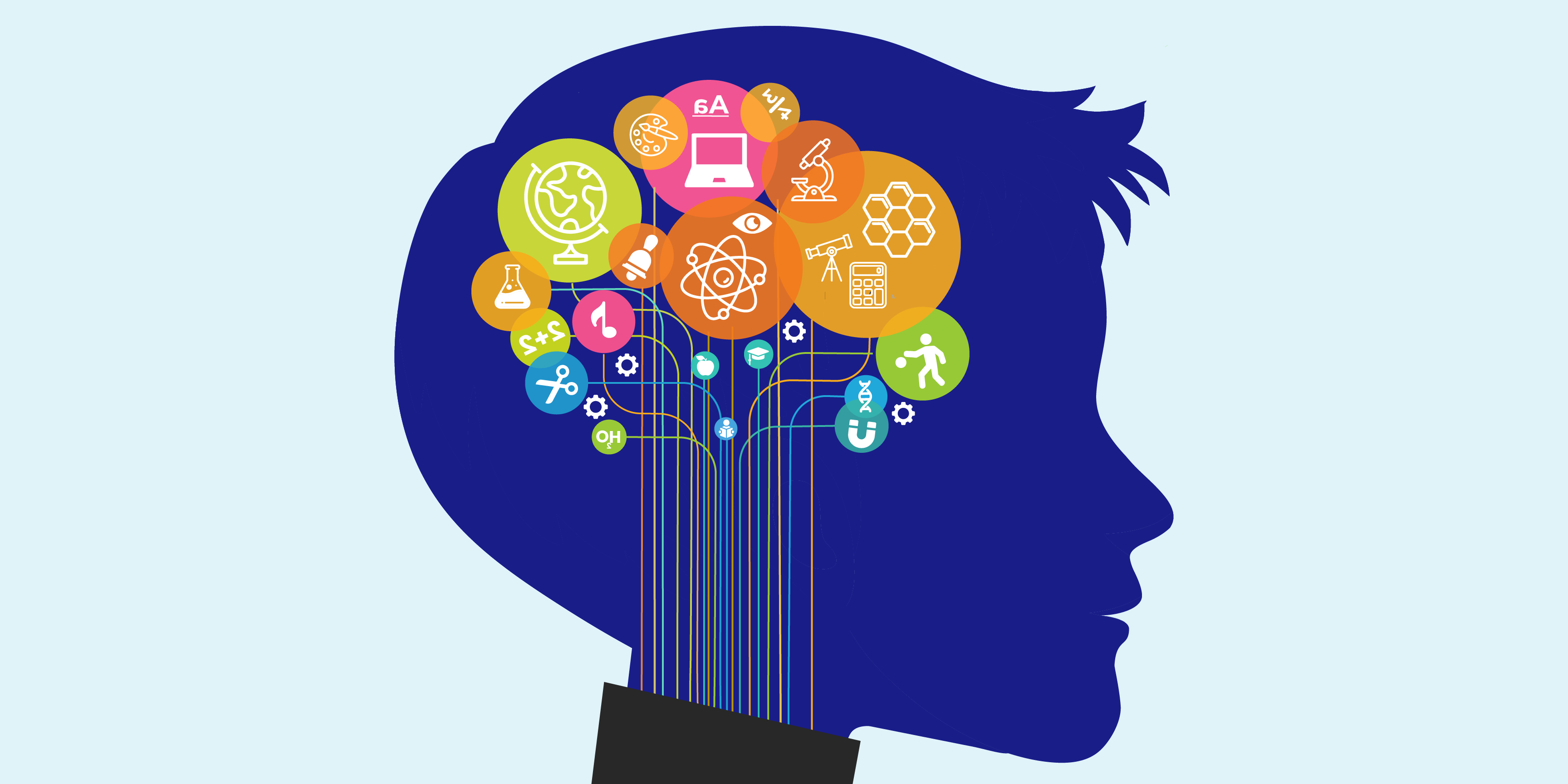
|
The importance of screening for Dyslexia:
Dyslexia affects many children globally, making reading and writing a challenging journey. While their peers easily enjoy stories and learn through text, dyslexic children often find the same text confusing and cryptic, highlighting how dyslexia significantly impacts their learning experience.
In the United States, there is a growing mandate for school districts to conduct dyslexia screenings. Recognizing which students have dyslexia serves as the pivotal first step. Early identification of dyslexia is not merely procedural; it is a critical component in empowering students to thrive academically and personally.
Our Dyslexia Detection Process:
Our dyslexia detection process involves four key steps. Initially, we start with Calibration to prepare the system, followed by administering a Reading Test to assess the individual's reading abilities. Next, we employ Machine Learning (ML) for in-depth Analysis of the test results, leading to the final step where we present the Results, offering a comprehensive understanding of the individual's reading capabilities and potential dyslexia indicators.
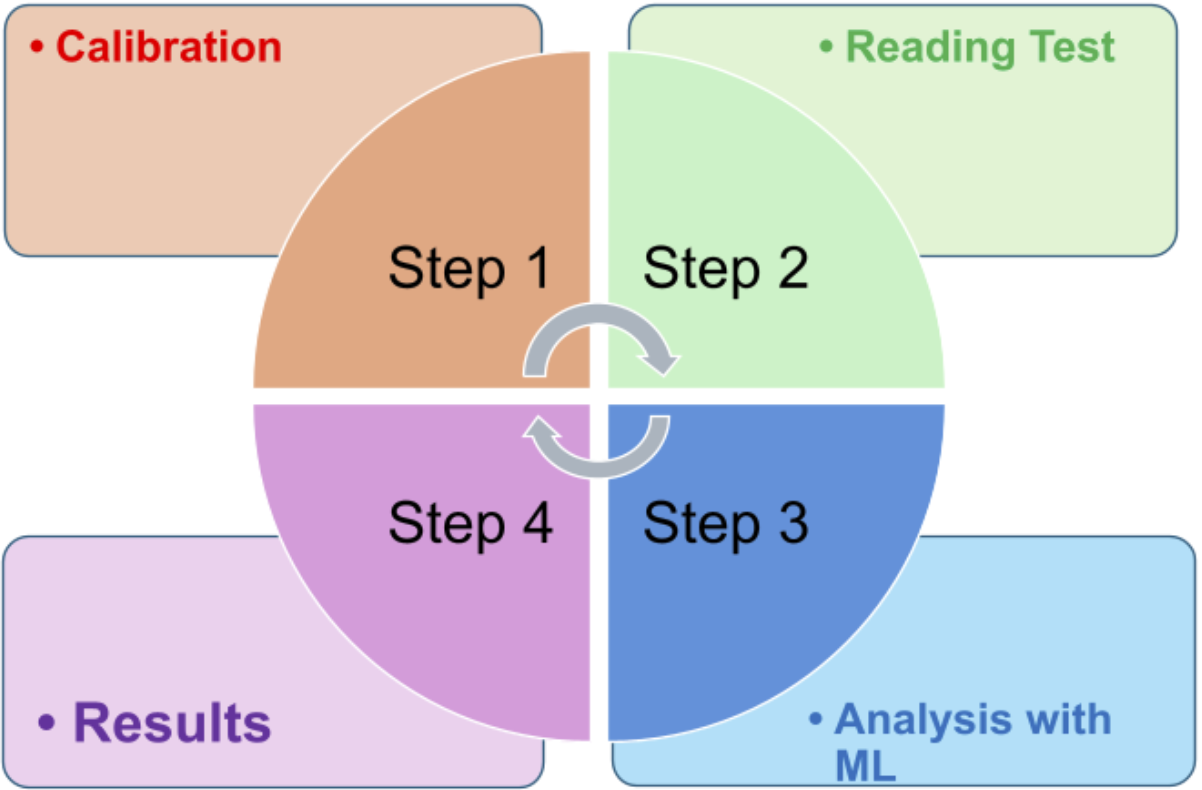

Dyslexia Detection Process
For more details contact us at info@dyslexiadetect.com© 2022 illuminEd Inc © Rohan Jay |

|